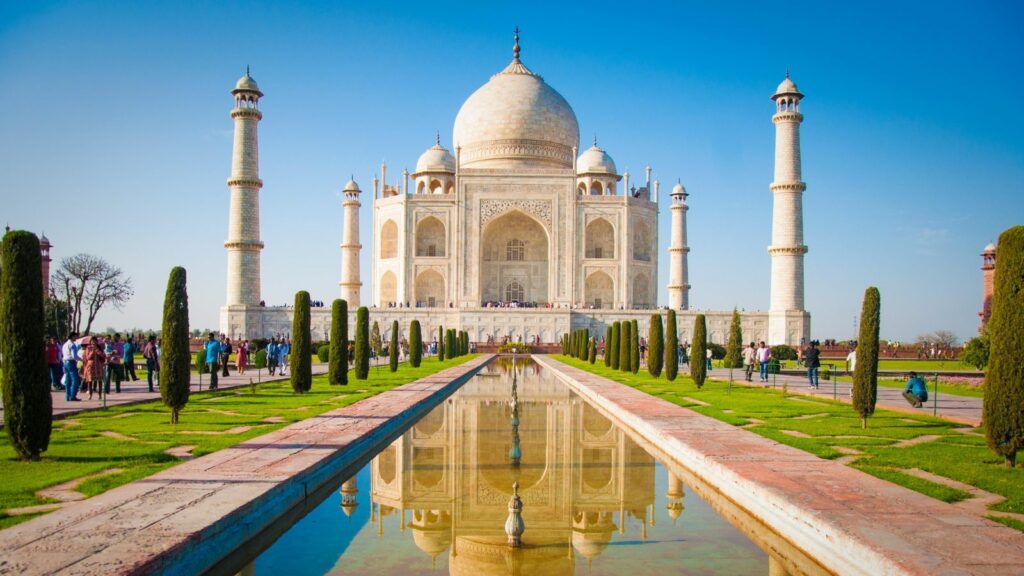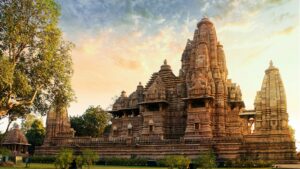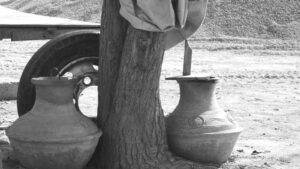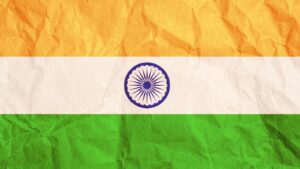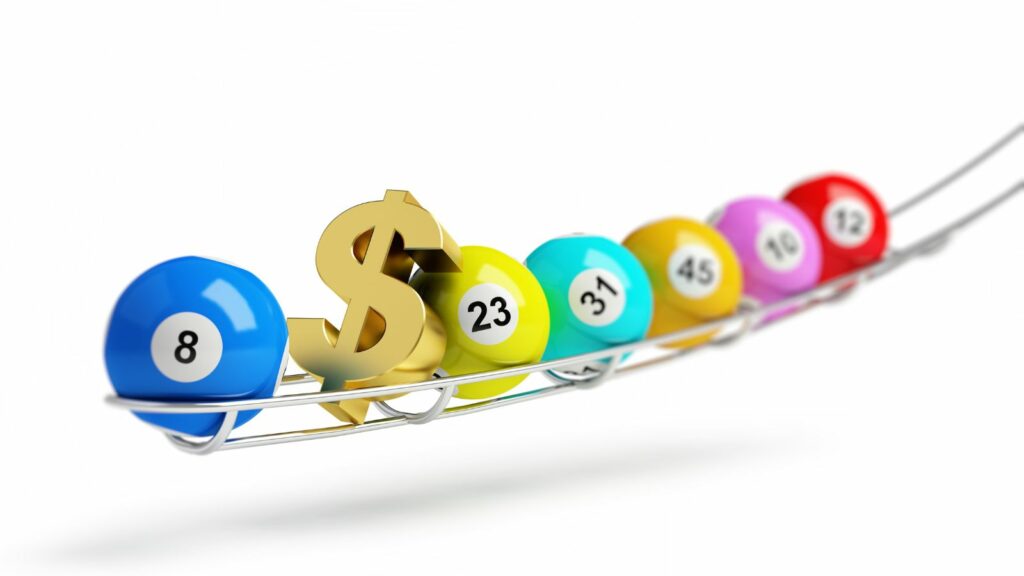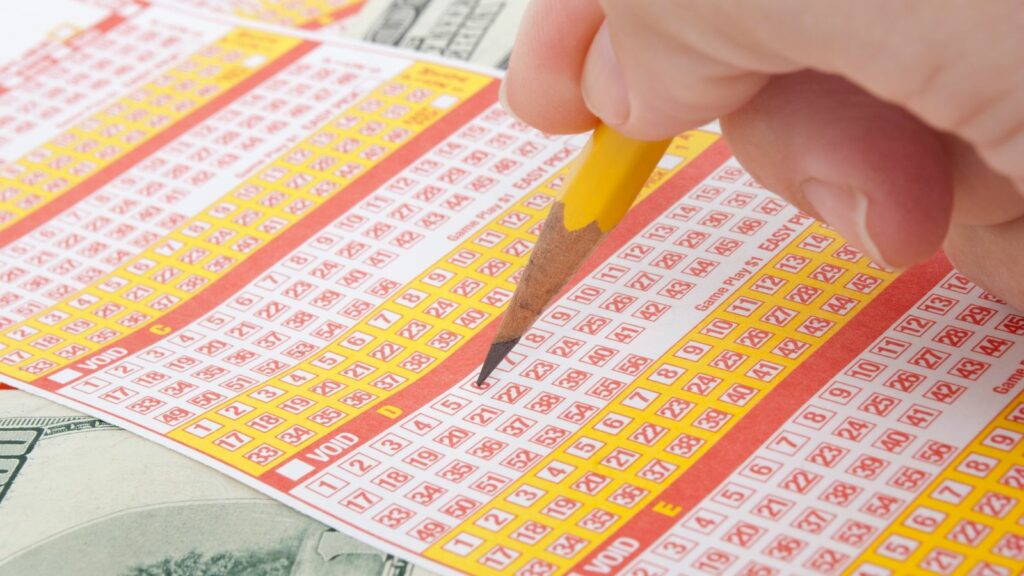Dive into the thrilling world of India Matka, a gambling tradition that’s as much a part of India’s rich cultural tapestry as its vibrant festivals and spicy cuisine. This game of chance, an intriguing blend of luck and strategy, has captivated India for decades, offering a glimpse into the nation’s love for games that titillate the mind and the senses.
In this exploration of India Matka, we’ll delve into its intriguing origins, its evolution over the years, and its current standing in India’s social and cultural landscape. Whether you’re a seasoned gamer, a curious observer, or someone with a keen interest in Indian culture, this journey promises to be a fascinating one. So, are you ready to unravel the mystique of India Matka?
India Matka
Delving deeper into the universe of India Matka reveals not just a game, but a sociocultural phenomenon anchored in India’s historical, social and cultural reality. This section sheds light on the game’s history, rapid evolution and its current legal status in the country.
India Matka, originating in the 1960s, evolved from the practice of betting on cotton rates. Originally, slips with numbers were placed in an earthen pot, called a ‘matka’, from which the game gets its name. The transition from cotton rates to random numbers brought about an evolution, with the game gaining popularity due to its intriguing mix of chance and strategy. From physical matkas and paper slips, today’s India Matka has transitioned into digital platforms, continually adapting to technological advancements and the changing times.
Legal Status of India Matka in India
While India Matka fascinates many, it’s crucial to recognise its legal status in India. The country maintains a strict stance against most forms of gambling, with the Public Gambling Act of 1867 declaring all gambling practices illegal. However, this law only applies to games of chance, creating a grey area for games like India Matka, where strategy plays a substantial role. Until today, the legal status of India Matka remains ambiguous, triggering debates among law practitioners and stakeholders.
The Mechanics of India Matka
Diving deeper into the operational aspects of India Matka, we unpack the intricacies of the drawing process and the betting system.
Unthawing the core of India Matka, the drawing process forms the thrill of this chance-based gamble. The process includes the random selection of three numbers, ranging from 0 to 9. These numbers get drawn twice, leading to two sets of three-digit numbers. Adding the extracted figures together, a final, single-digit ‘lucky’ number emerges, summing up the essence of India Matka. As an exemplar, let’s consider these numbers: 2, 4, and 6. The summation translates to 12, and thus, the final number drawn from this set becomes 2 (the second digit of the sum).
How Betting Works
Moving on to the betting system of India Matka, it’s structured around this final number. Gamblers place bets on what they anticipate this final number will be, based on their intuition, previous trends, or personal strategies. It’s a game of high risk, promising high rewards.
Risk and Reward Analysis
India Matka presents a fascinating interplay of risk and reward. This section delves into the probabilistic nature of winning, the payout ratios involved, and potential risks intrinsic to this historic game for enthusiasts willing to test their luck and strategy.
With India Matka, gamblers anticipate the final ‘lucky’ number, which results from a random draw of three numbers. Despite its seemingly simple premise, accurately predicting the final digit involves a complex web of probability and strategy, yielding different degrees of risk and reward.
If a gambler bets on a single number, their chances of winning stand at a challenging 1 in 10. Yet, should luck be on their side, the payout ratio is a whopping 9:1, providing a lucrative return on the investment. Complex bets like Panna, Jodi, and Sangam carry a lower probability of 1 in 100, 1 in 1000, and 1 in 10000 respectively.
